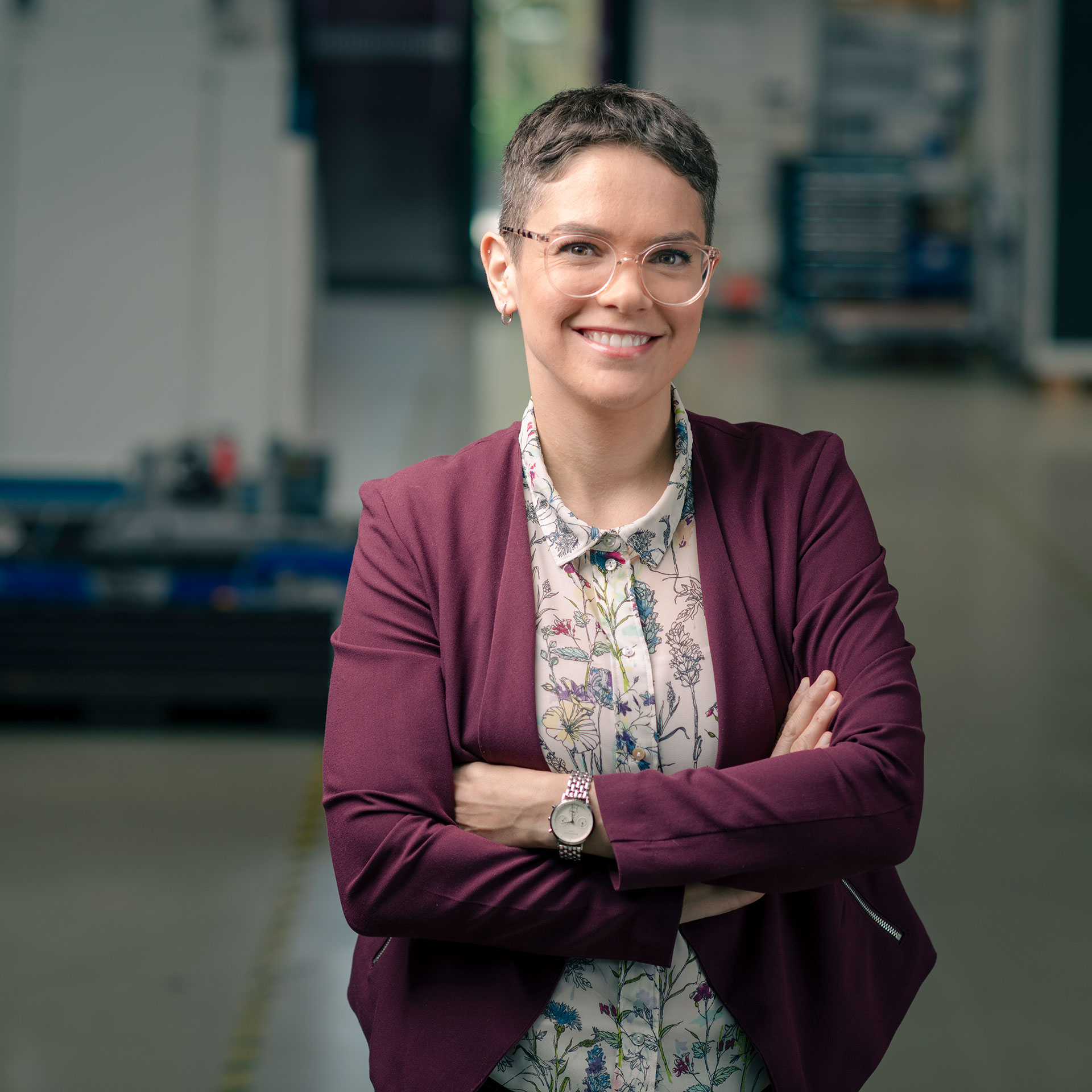SALVINIA — MBBRs in four standard sizes
As specialists in the biological treatment of industrial wastewater, we have developed a unique compact plant design called SALVINIA. With SALVINIA 70, SALVINIA 170, SALVINIA 470 and SALVINIA 1060 we offer MBBRs (Moving Bed Biofilm Reactor) in four standard sizes. For our customers in the pharmaceutical, food, beverage, dairy, chemical, and paper industries, among others, we combine effectiveness and compactness with time and cost advantages in this product group.
The MBBR process used in the SALVINIAs is primarily utilized for the degradation of organic wastewater constituents as well as ammonium and nitrate loads. The residual substances produced are carbon dioxide, water, nitrogen and small amounts of biomass.
Our SALVINIAs can be used, for example, as a low-load stage in a single-stage treatment plant with indirect discharge. They are also suitable as the first part of a two-stage plant with direct discharge.
The term SALVINIA, by the way, comes from botany and stands for the genus of floating ferns. Like our wastewater treatment plants, this type of aquatic plant has a particularly purifying effect. This is because they extract excess nutrients from the water and even have an oil-absorbing effect.
SALVINIA at a Glance
YouTube is a service of YouTube LLC, a subsidiary of Google Inc, USA. You can find more information on data processing through this in our privacy policy. If you would like to watch this video, you also consent — revocable at any time — to the transfer of your data to the USA and the associated data processing in accordance with Art. 49 (1) a) DSGVO.
Functional Principle of Wastewater Treatment with the MBBR Process
The MBBR process is a technology for biological wastewater treatment. In this process, microorganisms are cultivated as a biofilm on carrier material. These microorganisms are responsible for the degradation of both organic wastewater ingredients and nitrogen compounds. As with other biological processes, wastewater treatment with MBBR bioreactors also produces excess sludge. However, the amount is significantly less than in conventional activated sludge processes with similar capacity. Therefore, no recirculation of activated sludge is necessary.
Due to the microorganisms living in biofilms, the MBBR treatment process is also very robust and much more stable than other biological treatment technologies. MBBRs function well even under difficult conditions and recover very quickly after downtimes. This makes them a very resilient solution for industrial wastewater treatment. Whether new construction, expansion, optimization or service & maintenance of an existing wastewater treatment plant. We — the DAS Environmental Experts — take over all tasks as a full service provider.
Technical Data MBBR “SALVINIA”
| System | Customized | 70 m³ | 170 m³ | 470 m³ | 1.060 m³ | Customized |
| Degradable COD Load | < 100 kg/d | 100 — 500 kg/d | 250 — 1.000 kg/d | 1.000 — 3.000 kg/d | 2.000 — 6.500 kg/d | > 6.500 kg/d |
| Volume Flow | < 200 m³/d | 200 — 750 m³/d | 750 — 2.000 m³/d | 1.500 — 5.000 m³/d | 3.000 — 13.000 m³/d | > 13.000 m³/d |
| Reactor Size (D/H) | Customized | 3,3 / 9,0 m | 5,1 / 9,2 m | 8,5 / 9,2 m | 12,8 / 9,2 m | Customized |
Your Advantages when Using a SALVINIA
Standardization brings numerous advantages, especially in the production industry and in mechanical engineering. We would like to transfer these advantages to the field of wastewater treatment with our SALVINIA product group.
With SALVINIA you benefit from
- low reactor volumes due to highly efficient carrier material
- a strongly shortened engineering process and thus optimized costs & low time expenditure
- reduced residual material
- fast & uncomplicated performance optimization, for example in case of production increases (without any construction measures)
- robust and stable treatment process, even under difficult conditions
- fast recovery after downtimes
- space-saving container design
- simple cost reductions possible by using existing buildings
Overview SALVINIA Product Package
Standard Equipment
- Inlet flow control
- MBBR tank with air supply system & control of water level, pH, oxygen concentration & temperature
- Dosing stations for nutrients (nitrogen & phosphorus) as well as defoamers
- Ejectors for air supply & mixing (other aerators on request)
- Drain line
- Biofilm control system
- Intelligent sensors & automation technology
- Power connection
- Frequency converter for ejectors
Optional
- Pretreatment
- Post-treatment
- DAS Solutions Hub
Performance Indicator Carrier Material
The selection of the right carrier material has a significant influence on the performance of an MBBR. In this process, the microorganisms are cultivated as a biofilm on the carrier material. The more established the bacterial cultures are on the carrier material, the more efficient and stable the degradation of pollutants becomes. It is therefore important to provide an effective surface for colonization and to ensure optimum contact with the wastewater. For our SALVINIAS we use a chip-shaped carrier material. In contrast to the so-called “wheels”, the degradation performance is significantly higher and more constant. The microplastic produced by abrasion of the carrier material is also almost completely avoided, thus reducing environmental pollution.

Your contact person for all questions about our SALVINIAs
Dr. Katja Meschke
Sales Engineer Water Treatment
